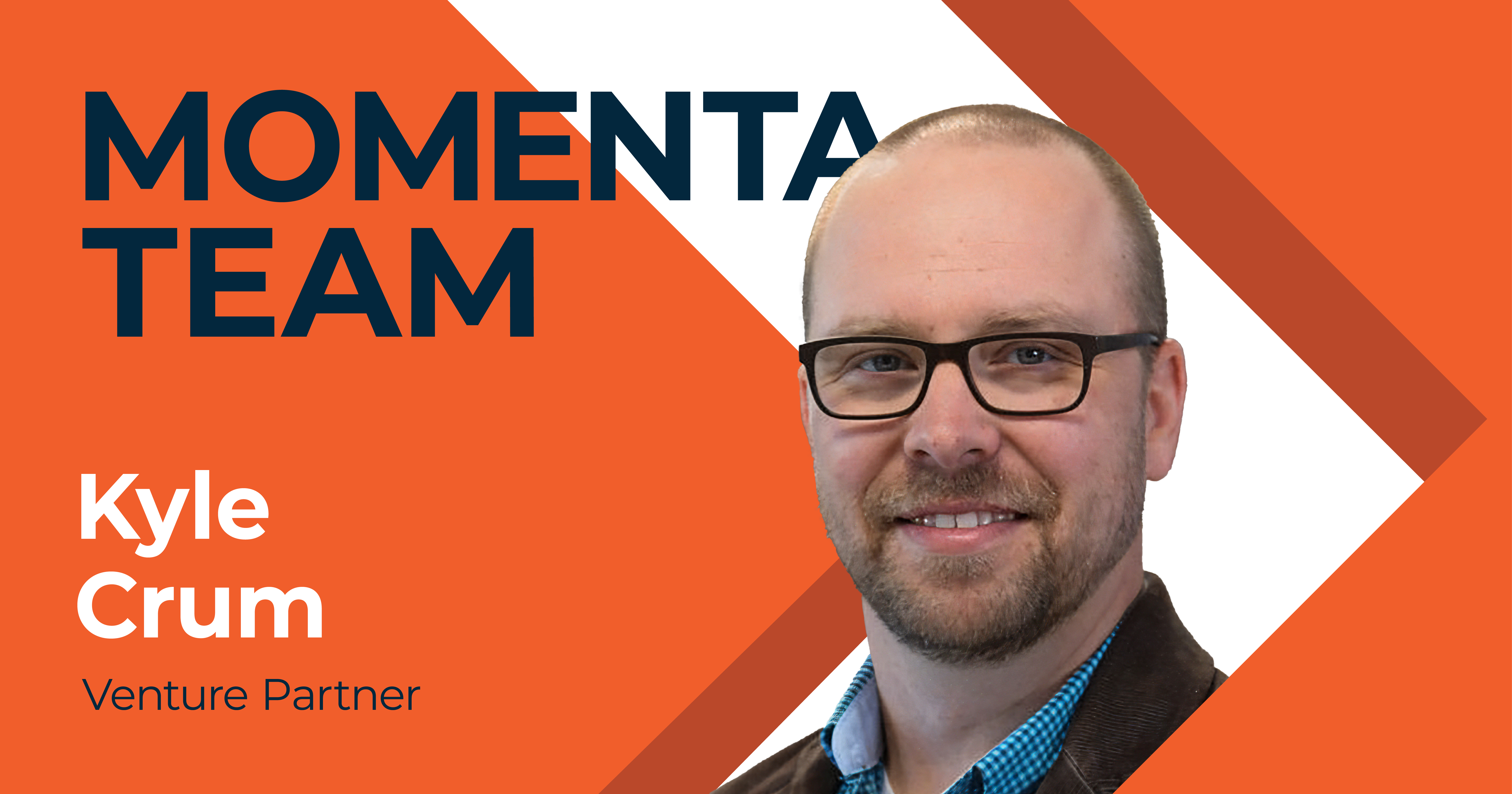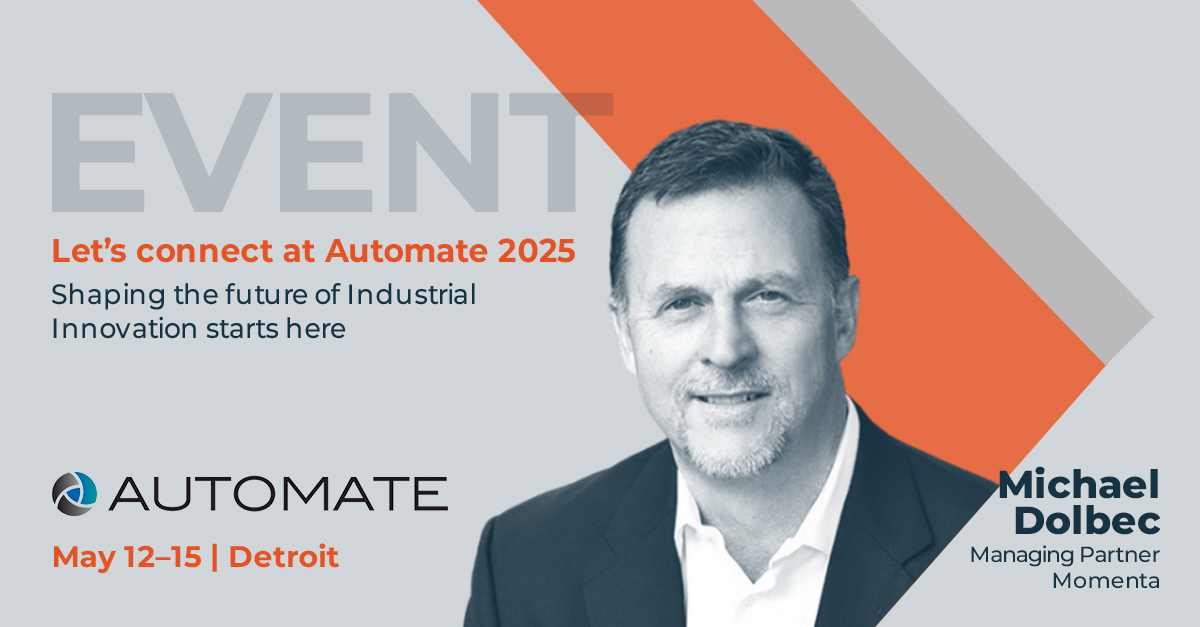Digital Insights #52
Venture Industrialist vs. Capitalist
Ken Forster
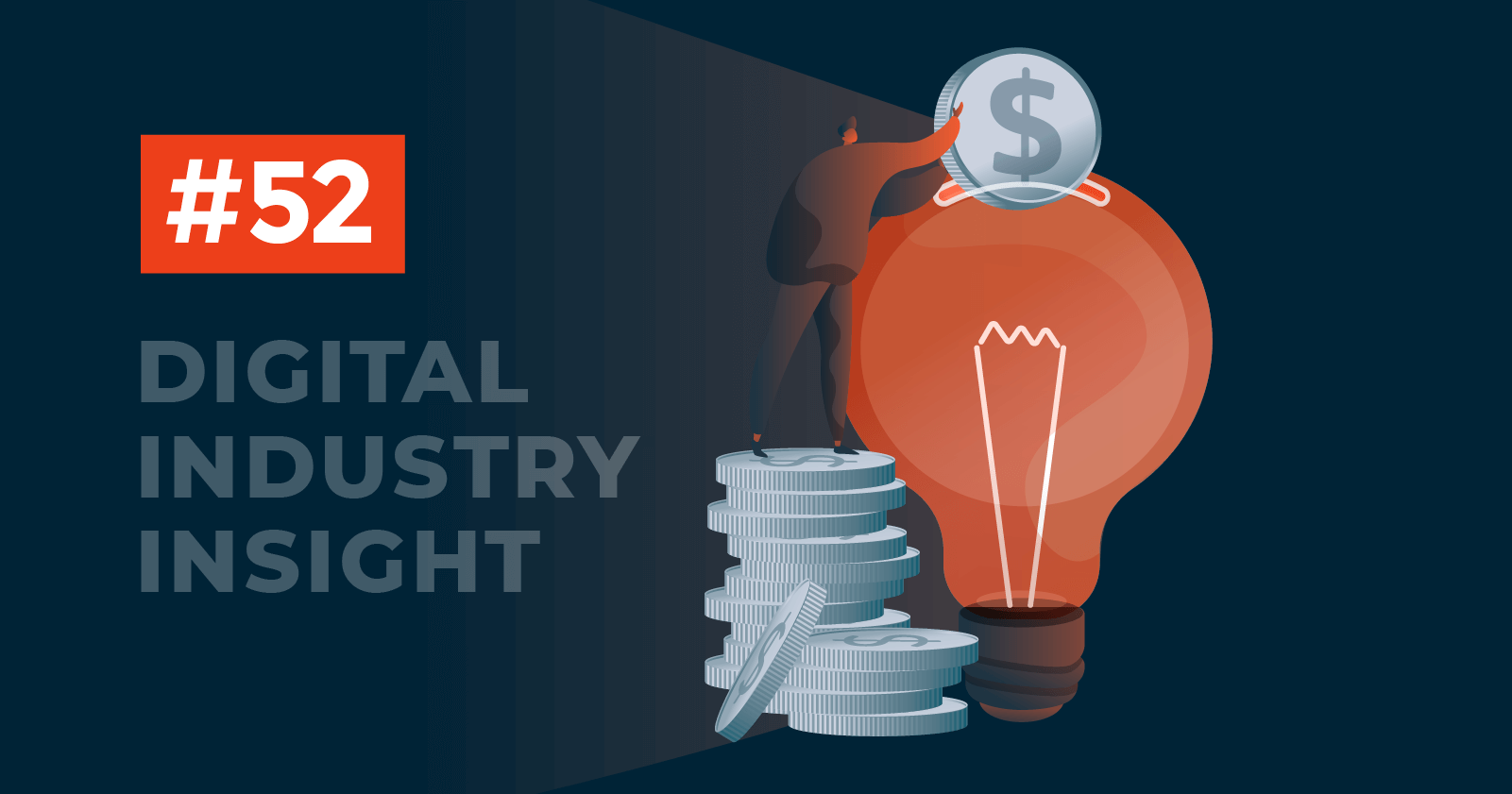
How to Invest in Digital Industry
Funding Fast or Slow
There are significant differences investing in Digital Industry compared to “traditional” venture investing in consumer or enterprise technologies. The high-growth, speculative investing that characterizes high profile tech venture capital strategies contrasts with the more deliberate, slower growth yet more stable dynamics of industrial transformation investing.
Plenty of failed rocket tests in going to the moon
The economics of venture investing often follow a “hit-driven” model – typically investors look for outsize returns on a small minority of their investments to offset losses on the majority of their commitments. It’s not uncommon for one or two investments out of a couple dozen startups to generate a 10-20X return, while the remainder of the companies in the fund either fail completely or struggle to return the original investment.
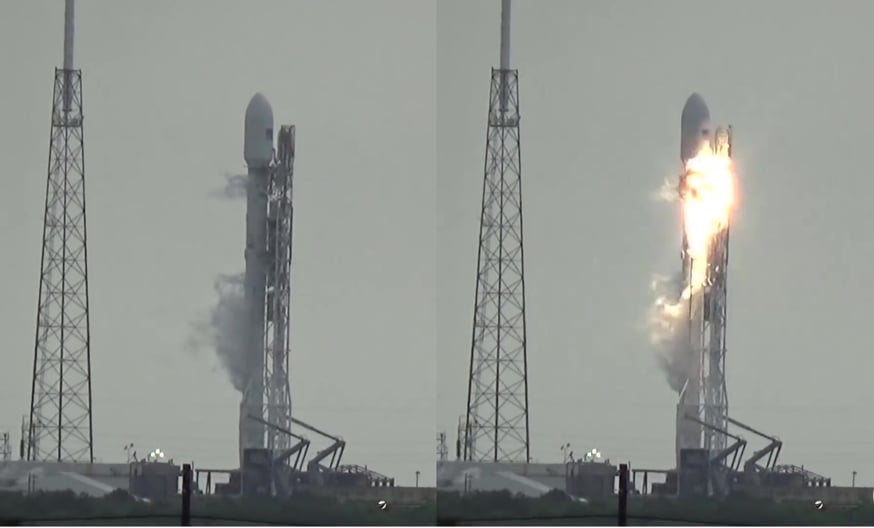
Not every moon shot is a success - Elon Musk’s SpaceX continues to notch failed launch tests as it perfects its interplanetary booster for its planned Mars missions.
The appeal of a “10-bagger” or more is what prompts the “swing for the fences” approach in Silicon Valley-style venture investing – where the VCs look for world-changing, transformative ideas like the next Facebook, Amazon, or Google platforms. This mindset fosters a lot of me-too ideas and a herd mentality among Silicon Valley firms, with accommodating capital markets and cash-rich strategic acquirers providing the financial resources to accommodate a lot of undisciplined investing into losses. Entrepreneur Peter Diamandis frames the ability to become a billionaire as arising from the ability to impact a billion people. The rise of hyper-scale internet giants has inspired far-reaching visions for startups – though most will fail.
The art of transforming established industries
Investing in industrial tech opportunities requires a more disciplined approach, demanding deeper domain knowledge to start. A key difference is that industrial markets tend to be smaller, focused, and often with more entrenched incumbents that are more conducive to evolution than disruption – but the flip side is that businesses tend to be far more stable over time. As Ben Steven of Momenta Ventures terms it, Industrial IoT is more of a “brownfield” discipline, and “brown is the new green.”
Vertical tenacity creates lasting value
In industries like energy Oil & Gas and renewables, autos and other transportation, manufacturing, agriculture, health care, and smart cities, the extent of the potential impact from the application of new technologies to existing business processes and established value chains will not rapidly scale to impact billions like a hot consumer app. In traditional industries, delivering quantifiable value can be far more predictable; however, adoption rates may be more deliberate – double-digit rather than exponential growth – and customer relationships will be deeper and ‘stickier’ over time.

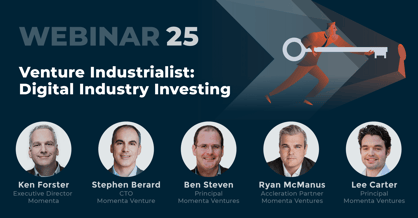 WEBINAR
WEBINAR
Venture Industrialist:
Digital Industry Investing
To find out how emerging technologies for Digital Industry are driving new models and opportunities in VC investing. Listen to the recording here:

Where there could be opportunities in manufacturing
Many of the opportunities for industrial IoT come from oblique forces, and solutions are less sui generis and more combinatorial in nature. An example is that the unexpected disruption from the pandemic forces manufacturers to create dynamic redundancies in their supply chain, to seek out solutions that improve productivity to accommodate higher domestic labor costs. This could catalyze a new solution to enhance visibility into the manufacturing process by providing improved just-in-time order flow of raw materials and input. This could also involve implementing a predictive maintenance solution for capital equipment on the factory floor to avert potential downtime from machine failures helping to maximize the efficiency and coverage of highly skilled technicians while avoiding the loss of valuable production time.
Other manufacturing solutions include automation of rapid retooling on the assembly line to respond to real-time market demand changes for specific product configurations or augmented reality applications for field service workers to leverage repositories of product and repair data far from the home office. All of these ideas are valuable for the end-users, but they are likely to lead to solid annuity-type businesses, not volatile high-growth unicorns.
Successful investing in Digital Industry requires understanding the unique dynamics of existing systems and processes, and the ability to harness cooperation across traditional industrial or operational technology experts and combine the latest innovations in connectivity, sensors, hardware, cloud computing, big data and analytics, AR/VR and other technologies with business context. The results of successful investing can be highly profitable, but more importantly is the sustainable annuity-like businesses for many years to come. Like the proverbial contest between the tortoise and the hare, slow and steady wins the race when it comes to Digital Industry.

IS YOUR COMPANY POSITIONED FOR DIGITAL SUCCESS?
Momenta encompasses leading Strategic Advisory, Executive Search, and Ventures practices with over 200 IoT leadership placements, 125 industry clients and 40+ IIoT disruptors in our portfolio.
Schedule a free consultation to learn more about our THREE practices hyper-focused on Digital Industry.

